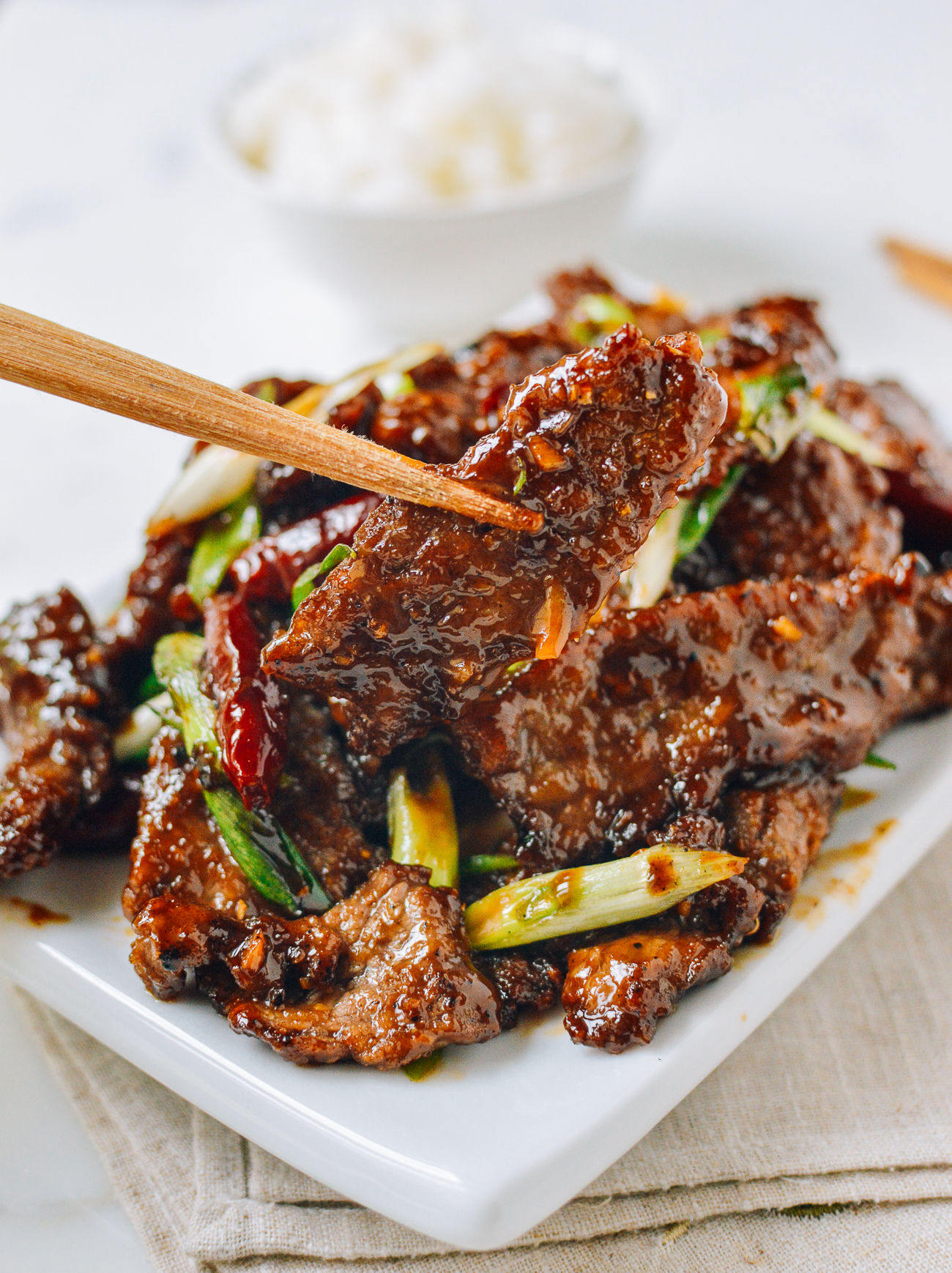Meat Quality Grades Explained: What You Need to Know
Meat Quality Grades Explained: What You Need to Know
Blog Article
From Farm to Table: Fresh and Premium Meat Choices
The trip of meat from ranch to table encapsulates a complicated interaction of quality, principles, and sustainability. With an enhancing emphasis on fresh and exceptional choices, customers are now more inclined to consider the origins of their food, causing a renewed focus on sustainable farming methods and animal welfare criteria. This change not only improves the nutritional profile of meat but also supports local economies. Nonetheless, the ramifications of these options expand much beyond personal health and neighborhood farming. What does this mean for the future of food systems and customer habits?
Understanding Meat Sourcing
As customers become progressively familiar with the origins of their food, comprehending meat sourcing has actually gained vital relevance. Meat sourcing involves mapping the trip of meat from farm to table, encompassing different factors such as farming techniques, pet well-being, and ecological influence. This recognition equips consumers to make enlightened selections that line up with their values, particularly regarding sustainability and ethical factors to consider.
The sourcing of meat can differ significantly based on multiple criteria, consisting of the sort of livestock, farming approaches, and geographical location. As an example, grass-fed beef frequently comes from pasture-based systems that promote pet welfare and decrease ecological destruction. Conversely, traditional meat might include extensive farming methods that increase issues pertaining to antibiotic usage and habitat devastation.
Furthermore, traceability plays an essential duty in meat sourcing. Recognizing the certain ranch or region where the meat stems assists customers make certain quality and safety and security. Many customers currently look for qualifications or labels that suggest humane therapy and lasting methods, mirroring a growing need for transparency in the food supply chain. Ultimately, recognizing meat sourcing not just improves customer choice yet additionally fosters responsible usage and supports honest farming techniques.
Benefits of Fresh Meat
Choosing fresh meat uses various advantages that prolong past taste and appearance. Fresh meat typically preserves greater dietary value compared to its icy or refined counterparts. It is often richer in vital nutrients, such as B vitamins, iron, and zinc, which are essential for keeping overall wellness.
In addition, the sourcing of fresh meat typically includes much shorter supply chains, decreasing the time in between ranch and table. This means that the meat is less most likely to shed its nutritional integrity during transportation and storage. In addition, consumers can experience improved preference and juiciness, which can raise culinary experiences.
Fresh meat additionally offers an opportunity for consumers to support regional farmers and promote lasting agricultural practices. When buying from neighborhood resources, people can add to their neighborhood economic climate and promote a higher connection to the food they take in.
Last but not least, fresh meat is typically without the preservatives and ingredients typically located in processed options. This makes it a cleaner, much healthier alternative for those seeking to reduce their intake of synthetic active ingredients. On the whole, the benefits of picking fresh meat encompass health, taste, and a sense of community involvement.
Pet Well-being Criteria
Guaranteeing high pet welfare requirements is vital for both moral factors to consider and the top quality of meat products. The treatment of animals directly affects not just the honest ramifications of meat manufacturing but likewise the general top quality and safety and security of completion products. Pets increased in humane conditions are much less stressed out, leading to much healthier pets and, as a result, exceptional meat quality.
Rules and qualifications concerning pet well-being have become significantly significant in the meat sector. These frameworks guarantee pets are provided with appropriate area, proper nourishment, and humane handling throughout their lives. Practices such as pasture-raised systems and free-range settings contribute to better animal well-being by enabling animals to show natural actions, which is important for their health.
Furthermore, customers are becoming a lot more discerning pertaining to the resources of their meat, resulting in a growing demand for items that stick to rigid pet well-being standards. This shift not only promotes honest farming practices but likewise encourages producers to embrace actions that boost the wellness and welfare of their animals. Meat. Eventually, focusing on pet welfare is not just an ethical imperative; it is also a pathway to creating premium-quality meat that fulfills consumer assumptions

Sustainable Farming Practices
Sustainable farming techniques play an important duty in enhancing both pet welfare and the high quality of meat products. These practices stress the significance of ecological stewardship, moral click therapy of livestock, and resource efficiency. By implementing rotational grazing, farmers can promote healthy pasture environments, enabling pets to feed upon nutrient-rich lawns while avoiding overgrazing. This method not just sustains animal health yet likewise enriches the dirt, lowering the demand for artificial plant foods.
In addition, sustainable farming typically integrates integrated parasite monitoring and natural feed choices, reducing making use of dangerous chemicals. This strategy not only safeguards animal well-being yet additionally causes cleaner, more secure meat items for customers. Water preservation strategies, such as rain harvesting and reliable watering systems, additionally add to lasting methods, making sure that sources are utilized carefully.
Additionally, promoting biodiversity with polyculture systems and preserving habitats for wild animals boosts the strength of farming environments. By prioritizing these sustainable methods, farmers can generate high-grade meat that fulfills customer demand while promoting eco-friendly equilibrium. Eventually, embracing lasting farming techniques is necessary for producing a more liable and resistant food system that benefits animals, farmers, and customers alike.
Deciding On High Quality Over Quantity
Regularly, consumers are confronted with the issue of choosing between quantity and top quality when it concerns meat products. While buying larger amounts may appear economically advantageous, the long-term benefits of picking premium meat far surpass the immediate financial savings. Quality meat is commonly sourced from animals increased in sustainable settings, where they are given correct nutrition and treatment, resulting in premium flavor and dietary value.
High-grade meats are usually free from dangerous additives, hormonal agents, and antibiotics that are commonly present in mass-produced choices (Meat). This not only makes sure a healthier dining experience yet also sustains moral farming practices that focus on animal well-being. Additionally, premium meats often tend to have a better structure and taste, enhancing the overall cooking experience
Buying quality meat motivates customers to value smaller parts, permitting find out here a more mindful technique to consuming. This change not only impacts personal health and wellness favorably but also promotes lasting intake patterns that can profit More Info the environment. To conclude, focusing on quality over quantity when choosing meat items cultivates an extra responsible and health-conscious way of life, eventually enhancing both the eating experience and the world.
Verdict

Report this page